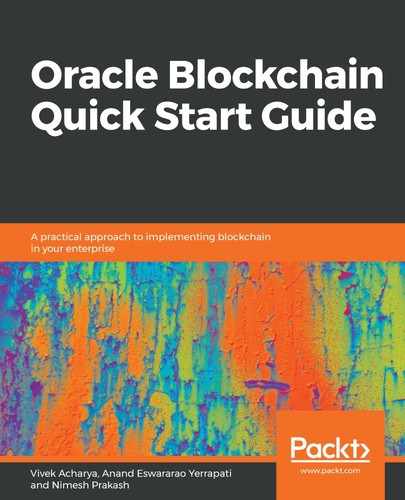Along with the Linux Foundation, various companies, such as Fujitsu, and IBM, are collaborating on the HLF project. HLF is a permissioned blockchain framework that is designed and architected to develop modular applications.
The following are the key features of the Hyperledger framework:
- HLF is governed by excellent, diverse technical steering committees from various organizations.
- HLF is modular and configurable, which makes it useful for various use cases, ranging from banking, finance, and the supply chain, to education and healthcare.
- It is a DLT where chaincode is authored in general-purpose programming languages, such as Java, Go, and Node.js, instead of programming in DSL (domain-specific languages). This also brings HLF closer to enterprises that have applications and resources built and skilled in these languages.
- HLF is a DLT that is an open source, enterprise-grade, permissioned DLT.
- HLF follows a modular component-based approach and easy-to-use APIs.
- As HLF is permissioned, it operates under the governance model to handle disputes.
- HLF supports pluggable consensus protocols, and blockchain networks can choose a consensus protocol to address their use cases. Examples of single enterprise blockchain solutions, crash fault tolerance (CFT) consensus might be more appealing than BFT, since BFT is more suited to a multi-enterprise blockchain network.
- The membership service (a key component of HLF) is plug and play.
- HLF also has pluggable identity management protocols, such as Lightweight Directory Access Protocol (LDAP) and OpenID Connect. This also makes HLF appealing to enterprises that have diverse identity solutions.
- In HLF, smart contracts, also known as chaincode, execute in a container (for example, Docker) and hence, are isolated from the ledger state.
- In HLF, ledgers can be configured to support various database management systems.
- HLF does not require cryptocurrency, which significantly reduces the reliance on cryptocurrency for a blockchain existence and reduces the risk of attack.
- An HLF service diagram shows the various components of HLF. They are integrated, assembled, and interacted with via APIs and SDKs. The major components are as follows:
- Identity
- Ledger
- Transactions
- Consensus
- Smart contract
- Security and cryptoservices
